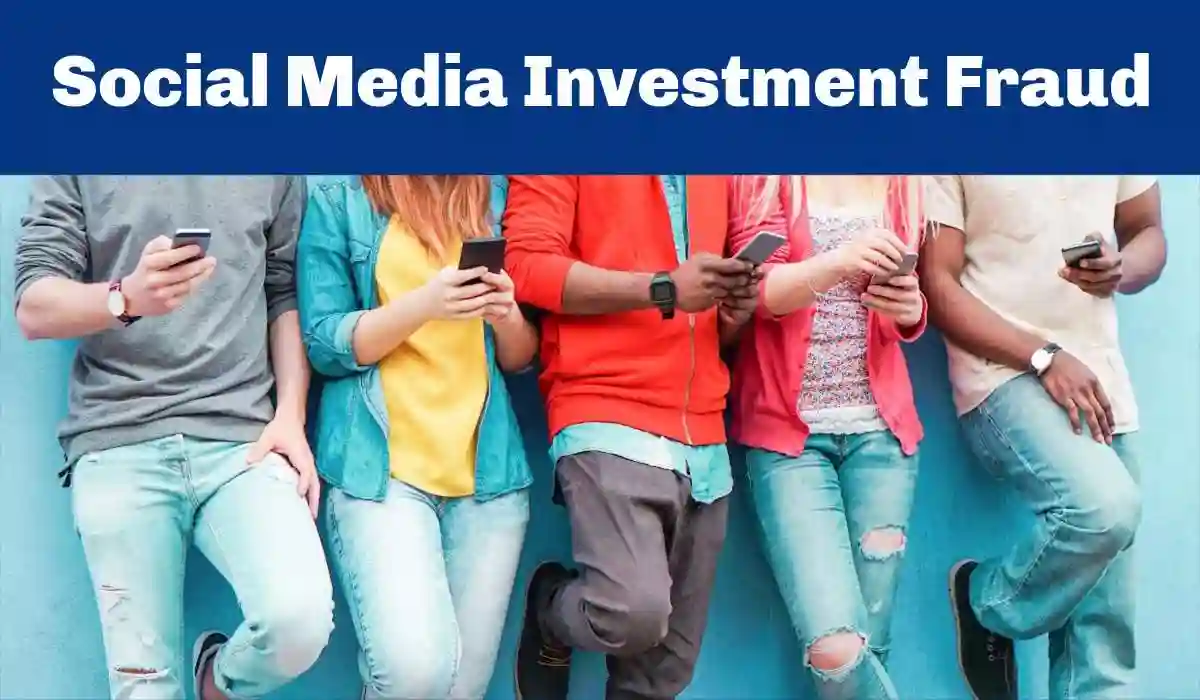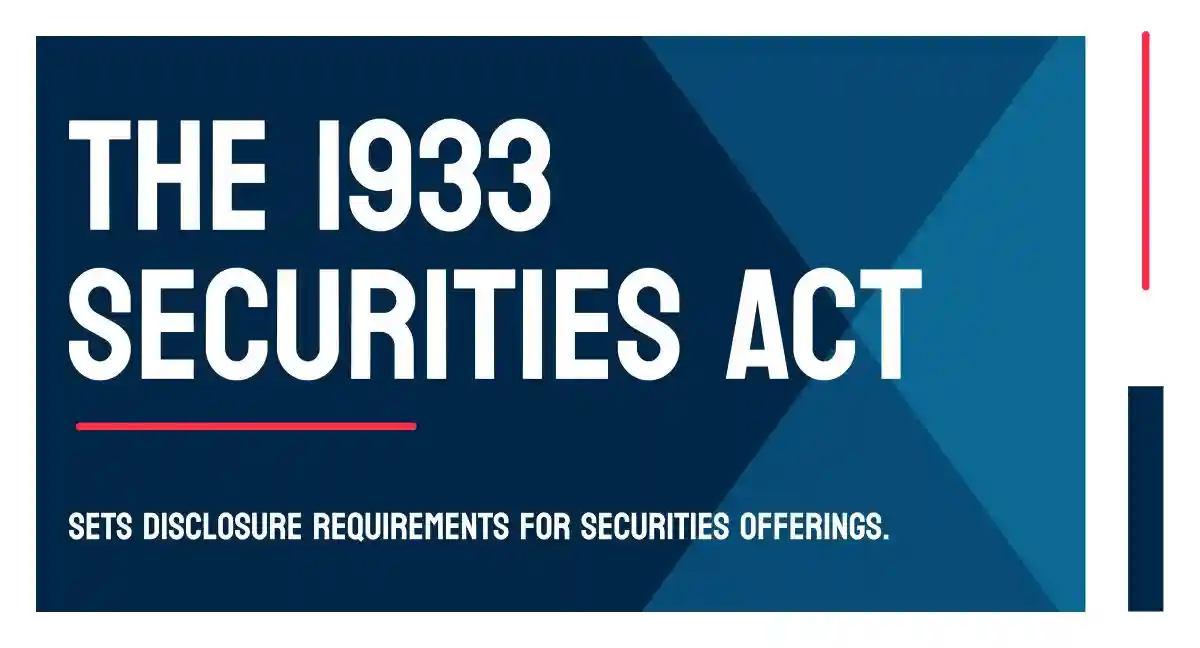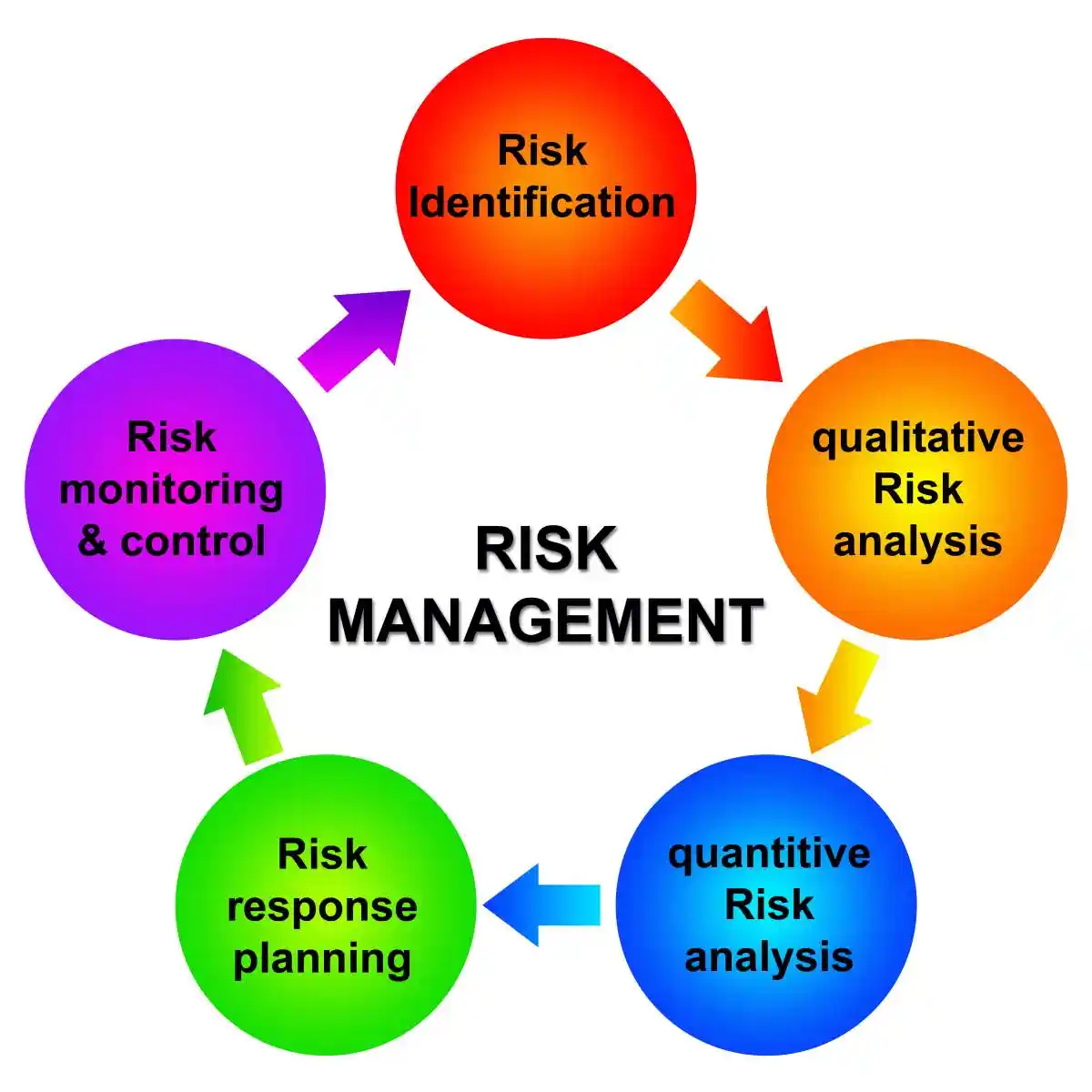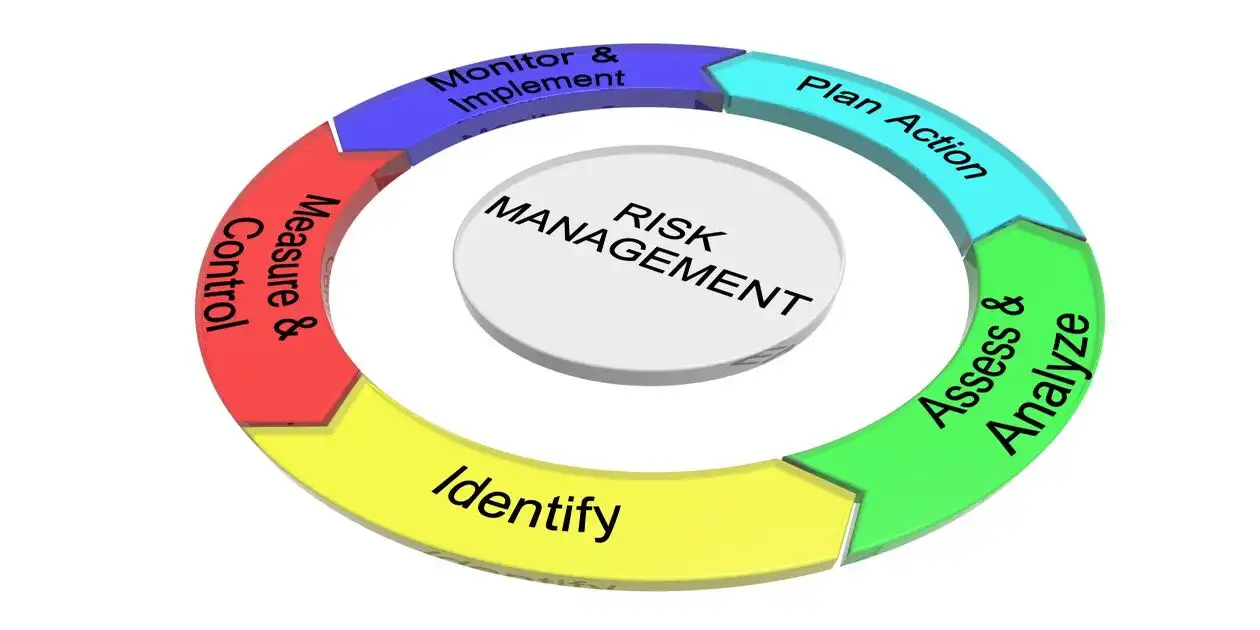Introduction to Social Media Investment Fraud
- Social media investment fraud has grown more sophisticated in today’s digital world. The SEC charged eight social media influencers with securities fraud last December 2022. Their “$100 million pump and dump” scheme shows how regulatory bodies now watch closely for securities law violations on digital platforms.
- This problem goes beyond one major case. Posts on X (formerly known as Twitter) faced allegations of false statements in 13 investor class actions under Rule 10b-5 throughout 2022. A tweeted emoji proved legally actionable in one case that survived a motion to dismiss. Social networking platforms have evolved from basic communication tools into potential fraud vehicles. Regulatory enforcement, litigation patterns, and compliance strategies have become crucial knowledge points for investors and entrepreneurs alike.
How Social Media Became a Tool for Investment Promotion
- The rise of social networking has changed how companies market investment opportunities. A 2019 study showed that 63% of institutional investors keep taking social media content, while all but one of these investors read finance-specific trade publications.
- This transformation shows how capital raising and investment promotion have changed in the digital world.
SOCIAL MEDIA INVESTMENT CHART
Metric | Percentage | Implication |
| Enhanced Research | 48% | Investors conduct deeper due diligence after social media exposure |
| Information Sharing | 37% | Decision-makers receive filtered insights from team members |
| Direct Influence | 30% | Institutional investors directly incorporate social media intelligence |
Using social networking to appeal to potential investors
- Social platforms now create direct paths between promising projects and retail investors. Information that venture capitalists once kept to themselves is now available to anyone with internet access. Greenwich Associates research shows that 30% of institutional investors say social media information helped them make investment recommendations or decisions.
- Investment promotion through social media gets results—48% of investors did more research after finding information on social media, and 37% shared what they learned with their companies’ decision-makers. This trend keeps growing. By 2018, 68% of investors used social media to research asset management firms, up by a lot from 36% in 2015.
- Social media works well for investment promotion because of four significant features:
- It creates a three-dimensional brand experience
- It involves investors at different stages of their experience
- It tells stories and narratives over time
- It shows authenticity and corporate culture
Move from traditional prospectuses to influencer-driven pitches
- Investment promotion used to rely on prospectuses and formal documentation. The digital world has moved toward influencer-driven pitches. Retail investors on community investment platforms now share due diligence, cooperate on research, and highlight opportunities nobody would have found otherwise.
- Critics say crypto influencers lack venture capital-level rigor, but they miss something important—decentralized finance and traditional finance share information differently. An influencer’s project recommendation lets thousands of people analyze tokenomics and test the product right away. They often find red flags that experienced VCs might miss.
- This collective intelligence approach marks a big change from traditional investment promotion. The crypto community has embraced radical transparency instead of relying on gatekeepers. Their investments link to auditable smart contracts and public tokenomics.
SOCIAL MEDIA GROWTH CHART 2019-2024
Platform | 2019 Usage | 2024 Usage | Growth Rate |
Twitter/X | 22% | 45% | +104% |
8% | 38% | +375% | |
YouTube | 15% | 52% | +247% |
18% | 41% | +128% | |
TikTok | 2% | 28% | +1,300% |
Legal Definition of ‘Selling’ Under Section 12 of the Securities Act
- Section 12 of the Securities Act of 1933 serves as the foundation for legal oversight of securities sales in today’s digital world. This law makes sellers liable if they “offer or sell” securities with material misstatements or omissions.
- Courts now don’t deal very well with applying this decades-old statute as investment promotion moves to social media platforms.
Statutory seller liability: direct vs indirect solicitation
- Section 12(a)(2) holds liable “any person who offers or sells a security by means of a prospectus or oral communication” that contains material misrepresentations. The liability applies only to the “statutory seller” – a legal term with specific boundaries.
- The Supreme Court’s Pinter v. Dahl, 486 U.S. 622 (1988) ruling established two ways someone becomes a statutory seller
- Directly passing title of the securities to the purchaser, or
- Most courts started with a narrow interpretation of “solicitation.” They required direct communication between seller and buyer. Legal scholars call this a “buyer-seller relationship not unlike traditional contractual privity.” The traditional view said that just participating in unlawful sales transactions or being a “collateral” participant wasn’t enough to trigger liability.
Mass communication and the ‘Pino v. Cardone’ precedent
- Pino v. Cardone Capital, LLC (2022) marked a radical alteration. The Ninth Circuit tackled whether social media posts count as “solicitation” under Section 12. The case looked at a real estate investment fund’s use of Instagram posts and YouTube videos to promote offerings.
- The district court threw out claims against the defendants at first. They ruled these weren’t statutory sellers because they hadn’t directly solicited the plaintiff’s investment. The Ninth Circuit reversed this decision. They stated that “nothing in § 12 expressly requires that solicitation must be direct or personal to a particular purchaser.”
- The court ruled that “mass communications directed to multiple potential purchasers at once” can be solicitations under Section 12(a)(2). On top of that, the court highlighted that Congress knew “broadly spread, mass communications with potentially large audiences would fall within the Act’s scope,” even though the Securities Act came before the internet.
Circuit split: 2nd/3rd vs 9th/11th interpretations
A major divide exists between circuits about who qualifies as a “statutory seller” on social media. The Ninth and Eleventh Circuits take a broader view. They say solicitation doesn’t need to target a specific purchaser. Both circuits believe promoting securities through mass communication might be enough to create seller liability.
The Second Circuit takes a different stance. They require plaintiffs to show the defendant “actually solicited” their specific investment. The Third Circuit wants “direct and active” solicitation of a plaintiff to call someone a Section 12 seller.
This split creates big implications for social media investment. To name just one example, see Houghton v. Leshner (2023). The Northern District of California kept a case going against defendants who allegedly designed governance tokens and encouraged secondary markets. The court found these claims strong enough because the Ninth Circuit views solicitation “broadly” and defendants don’t need to “directly or actively target the particular plaintiff.”
This case stood apart from Second Circuit cases like Risley. There, developers weren’t statutory sellers because they didn’t directly solicit purchases. The California court noted the “standard is decidedly broader in the Ninth Circuit… where ‘direct’ contact isn’t required and liability may flow from mass communications.”
The jurisdiction where someone files a case might determine its outcome at the pleading stage. This creates uncertainty for anyone using social media to promote investments.
SOCIAL MEDIA INVESTMENT CHART: GROWTH RATE BY YEAR
Metric | 2019 | 2021 | 2023 | 2024 | Growth Rate |
Investors conducting additional research after social media exposure | 32% | 41% | 46% | 48% | +50% |
Information sharing with decision-makers | 25% | 31% | 35% | 37% | +48% |
Institutional investors using social media for firm research | 45% | 58% | 64% | 68% | +51% |
Social media influence on investment recommendations | 18% | 23% | 27% | 30% | +67% |
Case Studies of Social Media Investment Fraud
- Court decisions have created important precedents about how social media activity leads to securities law liability. High-profile cases show the changing legal world of digital investment promotions and how non-compliance can get pricey.
Wildes v. BitConnect: YouTube promotions and crypto fraud
- The BitConnect case marks a turning point for cryptocurrency promotion liability. The Eleventh Circuit unanimously reversed a district court’s dismissal of securities claims in February 2022. This reversal targeted online promoters who created thousands of YouTube videos that promised “huge profits” from BitConnect’s cryptocurrency. Their videos attracted millions of views. The promoters claimed returns up to ten percent monthly through a “staking” program and forty percent monthly through a “lending” program.
- The promoters tried to dodge liability by arguing that mass communications like YouTube videos protected them from being “sellers” under Section 12 of the Securities Act. The court disagreed. The Eleventh Circuit clearly stated that “a seller cannot dodge liability through his choice of communications—especially when the [Securities] Act covers ‘any means’ of ‘communication'”.
- The promoters called it a revolutionary investment chance, but the court saw through this facade. They labeled it “a classic pyramid scheme” where “original investors simply received their so-called returns from the money paid by new investors”. The scheme fell apart when Texas and North Carolina regulators issued cease-and-desist orders in early 2018. The cryptocurrency’s value dropped by 99.9%. Investors lost more than $2 billion.
Tesla and Elon Musk: Materiality of tweets in 10b-5 claims
- Elon Musk’s controversial 2018 tweets about Tesla showcase the legal risks of social media statements by executives. Musk tweeted on August 7, 2018: “Am considering taking Tesla private at $420. Funding secured”. His follow-up tweets claimed “investor support is confirmed,” suggesting a take-private deal was almost certain.
- Tesla’s stock price jumped more than 6% with heavy trading volume after these tweets. The stock closed up 10.98% from the previous day. The SEC later claimed that Musk had “not even discussed, much less confirmed, key deal terms, including price, with any potential funding source”.
- Judge Edward Chen ruled on summary judgment that Musk knowingly made false statements. Yet a nine-member federal jury found Musk not liable in the investor class action quickly. The jury decided his statements weren’t important enough to affect investors’ trading choices.
- Musk and Tesla each paid $20 million to settle SEC charges separately from the investor lawsuit. Musk gave up his chairman title but stayed on as CEO. The settlement required other executives to review Musk’s Tesla-related tweets.
SEC v. Kardashian: Celebrity endorsements without disclosure
The SEC charged Kim Kardashian in October 2022 for promoting EthereumMax tokens on Instagram. She failed to disclose her $250,000 payment for the promotion. Her post reached about 225 million followers and included a link to buy tokens with the hashtag “#AD”.
The SEC determined that using “#AD” alone didn’t meet securities law requirements. SEC Chair Gary Gensler stressed that “the law requires [celebrities] to disclose to the public when and how much they are paid to promote investing in securities”.
Kardashian settled without admitting fault. She paid $1.26 million, which included her promotional payment of $260,000 plus interest and a $1 million penalty. The agreement banned her from promoting crypto asset securities for three years.
This case highlights securities promotion rules that go beyond Federal Trade Commission guidelines. The FTC only requires disclosure of a “material connection” between endorser and company.
Regulatory Enforcement and Securities Class Actions
- Federal regulators now watch social media platforms closely for securities violations.
- Recent years have seen both civil and criminal actions that set new standards for accountability in digital investment promotion.
SEC enforcement trends in social media fraud cases
- The SEC has ramped up its actions against social media-based securities fraud. The agency charged eight social media influencers with securities fraud in a $100 million scheme in December 2022. These individuals built large followings on Twitter and Discord to manipulate exchange-traded stocks through “pump and dump” schemes. They never told their followers about their plans to profit.
- The SEC’s targets have become more sophisticated in 2024. The agency filed complaints against:
- NanoBit Limited and its partners created fake WhatsApp groups. The scheme participants posed as financial professionals to gain trust before asking for investments through an alleged crypto trading platform
- CoinW6 operators reached out to potential investors on LinkedIn and Instagram. They built romantic relationships on WhatsApp and convinced victims to invest in fake crypto products that promised up to 3% daily returns
- Abraham Shafi, who founded social media startup IRL, raised about $170 million from investors. He misrepresented his company’s user growth and hid personal expenses
- The SEC also charged former CEO Paul Pereira. He made “materially false and misleading statements on social media about the company’s financial and performance metrics” to drive up stock prices.
Rise in securities class actions with social media posts
- Securities litigation has surged due to social media statements. Posts on X (formerly Twitter) were cited as false statements in 13 investor class actions under Rule 10b-5 during 2022.
- The Ninth Circuit’s ruling in Pino v. Cardone Capital has altered the legal map. The court ruled that “a person who makes social media posts promoting securities—motivated at least in part by their own financial interests or those of the securities’ owner—is ‘selling’ those securities for the purposes of Section 12 of the Securities Act of 1933”. This decision means “mass communications directed toward ‘potential investors’ can give rise to Securities Act liability“.
- This precedent will shape how businesses raise capital beyond registered securities offerings. Courts now evaluate whether specific social media statements should face action under traditional rules for falsity, materiality, and connection to issuer securities.
Criminal convictions: U.S. v. Schena and U.S. v. Milton over social media disclosures
- Criminal prosecutions show that courts treat social media statements just like formal corporate communications. Mark Schena, Arrayit Corporation’s president, faced the first criminal securities fraud prosecution related to COVID-19.
- Jurors asked if “the bar [is] lower for one form of communication (e.g. tweet) vs another form (e.g. press release or email).” The court shared testimony from a FINRA attorney stating that federal securities law “applies to all communications… anything that comes from a company… [including] press releases, emails, postings, that type of stuff”. Schena got a 96-month prison sentence and must pay $24 million to defrauded investors and insurance companies.
- The courts also convicted a CEO of criminal securities fraud based on tweets inUnited States v. Milton. These verdicts prove that social media statements carry the same weight as formal corporate announcements.
Investor Risk and Hidden Traps in Online Promotions and Social Media Disclosures
- Online investment forums hide dangerous financial traps behind friendly community faces.
- These platforms build trust but create major financial risks that only become visible after investors lose their money.
Pump-and-dump schemes on Discord and Reddit after social media disclosures
- Discord has turned into a breeding ground for investment scams. Scammers build complex systems to take investors’ money. These schemes start when users get direct messages to join exclusive “pump and dump” groups that promise big returns. The process is simple – organizers quietly buy coins before they give the “pump” signal to group members.
- A Reddit user who joined one of these groups found that scammers often set up fake exchanges like bit-tokens.com where deposits go straight to their wallets. The scale of these operations is alarming – one notorious Discord channel generated 15-20 million dollars in trading volume with each pump.
- One rule stays true on every platform: anyone who isn’t running the pump ends up being part of the dump. A victim who lost $800 said it best: “I really thought I would make a quick buck to pay off college debt, but I am very ignorant on this subject and made horrible decisions”.
Emoji-based misrepresentations and meme stock manipulation: social media disclosures
- Simple emojis are a form of social media disclosures and can lead to serious legal problems in investment discussions. Ryan Cohen’s case shows this perfectly. He faced securities fraud claims over one tweet with a smiley moon emoji about Bed Bath & Beyond. His emoji post pushed the company’s share price from $10.63 to $16.00, and it later reached almost $30.
- Cohen later sold all his shares and made $68 million in profit before the stock crashed. U.S. District Judge Trevor McFadden made Cohen face fraud claims and stated that “a fraudster may not escape liability simply because he used an emoji”.
- The court ruled that moon emojis have specific meanings in meme stocks – they connect to the phrase “to the moon,” which suggests a stock will rise. This ruling means cartoon symbols can count as fraud when they express ideas that would be fraudulent in words.
Social media investigation cost and securities litigation exposure
- Money problems go beyond lost investments and include big legal bills. Federico v. Lincoln Military Housing shows this clearly. Plaintiffs had to pay nearly $94,000 in sanctions ($29,000 for forensic experts and $65,000 for lawyer fees) because they failed to keep and share social media evidence.
- These costs reflect a growing trend – experts expect the e-discovery market to reach $15 billion by 2025. Judges point out that balancing “proportionality required by Rule 26(b)(2)(C) in electronic discovery of social media” creates real challenges.
- Social media investment risks include both direct losses from scams and potential legal costs if investors end up in court later in securities litigation.
Compliance Strategies for Startups and Influencers
- Social media investment fraud requires strong compliance frameworks as a key defense mechanism. Be ware of social media disclosures of investments.
- FINRA’s targeted examinations show that startups and influencers need well-laid-out oversight systems to reduce legal risks.
Internal controls for social media disclosures
- A complete set of written supervisory procedures forms the foundation of effective internal controls. These procedures for social media disclosures should address:
- Clear documentation of influencer program’s compensation structures
- Full background checks on influencers to spot compliance risks
- Companies need detailed records of all social media communications. This helps them meet recordkeeping requirements and supervise content effectively.
Risk assessments before publishing investment content as social media disclosures
- Companies should evaluate risks carefully before posting investment content. Each post needs the same level of review as traditional advertising materials. The review process must analyze both the message content and target audience.
- Teams should check if personal social media accounts might break Regulation FD rules. The SEC doesn’t allow personal accounts to share company information.
Corporate governance policies for digital communication
- A strong governance framework should clearly state which social media channels will share important information. Companies must let investors know about these official channels.
- The organization should use automated enforcement of compliance policies on digital platforms of all types. This unified strategy prevents scattered communications governance that could lead to securities litigation.
Conclusion
- Social media platforms have grown from simple communication tools into powerful channels that promote investments and enable fraud. These digital spaces breed securities violations, making regulatory bodies watch online investment activities more closely than ever. The SEC’s recent charges against influencers in multimillion-dollar schemes show how enforcement has changed.
- The law has kept pace with this change. Recent landmark cases prove that social media posts can serve as “solicitation” under Section 12 of the Securities Act. Circuit courts don’t agree on who qualifies as a “statutory seller,” but they lean toward a broader view of these old statutes. Anyone who promotes investments through digital channels could face legal action, even if they never spoke directly to investors.
- Real-life examples like BitConnect, Tesla, and the Kardashian promotion reveal different risks in this new landscape. The BitConnect case showed that YouTube videos can create seller liability. The Kardashian settlement proved that standard advertising disclosures don’t meet securities law requirements. Courts now see emojis as possible misrepresentations in investment contexts.
- Investors face hidden traps everywhere – from Discord pump-and-dump schemes to meme stock manipulation in regular social media posts. Companies and influencers need strong compliance frameworks that treat digital communications as seriously as traditional promotional materials.
- This blend of social media and securities law has revolutionized investment promotion and regulation. Courts used to hesitate applying old statutes to digital communications. Now they treat social media statements just like formal corporate disclosures. Everyone in the investment ecosystem must adapt to this new reality or risk serious legal and financial problems.
Key Takeaways from Social Media Investment Fraud
Social media has become a dangerous playground for investment fraud, with sophisticated schemes costing investors millions while creating unprecedented legal liability for promoters and influencers.
• Social media posts carry the same legal weight as formal securities documents – Courts now treat tweets, YouTube videos, and even emojis as potentially actionable misrepresentations under federal securities law.
• Mass communication creates seller liability without direct contact – The Ninth and Eleventh Circuits ruled that promoting investments through social platforms can trigger Section 12 liability even without targeting specific investors.
• Pump-and-dump schemes thrive on Discord and Reddit communities – Organized groups manipulate stock prices through coordinated social media campaigns, with some generating $15-20 million in trading volume per scheme.
• Celebrity endorsements require specific securities disclosures beyond standard advertising – Kim Kardashian’s $1.26 million SEC settlement proves that “#AD” hashtags are insufficient for investment promotions.
• Compliance costs extend far beyond direct investment losses – Legal fees and e-discovery expenses can reach hundreds of thousands of dollars, with the e-discovery market projected to hit $15 billion by 2025.
The regulatory landscape has fundamentally shifted – what once seemed like casual social media engagement now carries the full force of securities law enforcement, making robust compliance frameworks essential for anyone promoting investments online.
FAQs
Q1. What are some red flags of social media investment fraud? Social media investment fraud have serveral common warning signs include promises of guaranteed high returns, pressure to invest quickly, claims of “insider information,” and promoters who are evasive about details or refuse to provide written information.
Q2. How can investors protect themselves from social media investment fraud when making social media disclosures? Investors should research opportunities thoroughly, be skeptical of unsolicited offers, verify the credentials of promoters, and consult with licensed financial professionals before making investment decisions based on social media content.
Q3. What legal consequences do influencers face for promoting fraudulent investments using false social media disclosures? Influencers can face SEC charges, hefty fines, and even criminal prosecution for securities fraud if they promote investments without proper disclosures or participate in schemes like “pump and dump” manipulations.
Q4. Are emojis considered legally binding in investment promotions? Yes, courts have ruled that emojis can be considered actionable misrepresentations in investment contexts, particularly when they communicate ideas that would otherwise be considered fraudulent.
Q5. What compliance measures should companies implement for social media investment promotions? Companies should develop comprehensive written procedures for social media use, conduct risk assessments before publishing content, maintain detailed records of all communications, and implement automated enforcement of compliance policies across digital platforms.
Contact Timothy L. Miles Today for a Free Case Evaluation
If you suffered substantial losses and wish to serve as lead plaintiff in a securities class action, or have questions about securities class action settlements, or just general questions about your rights as a shareholder, please contact attorney Timothy L. Miles of the Law Offices of Timothy L. Miles, at no cost, by calling 855/846-6529 or via e-mail at [email protected]. (24/7/365).
Timothy L. Miles, Esq.
Law Offices of Timothy L. Miles
Tapestry at Brentwood Town Center
300 Centerview Dr. #247
Mailbox #1091
Brentwood,TN 37027
Phone: (855) Tim-MLaw (855-846-6529)
Email: [email protected]
Website: www.classactionlawyertn.com
Facebook Linkedin Pinterest youtube
Visit Our Extensive Investor Hub: Learning for Informed Investors








